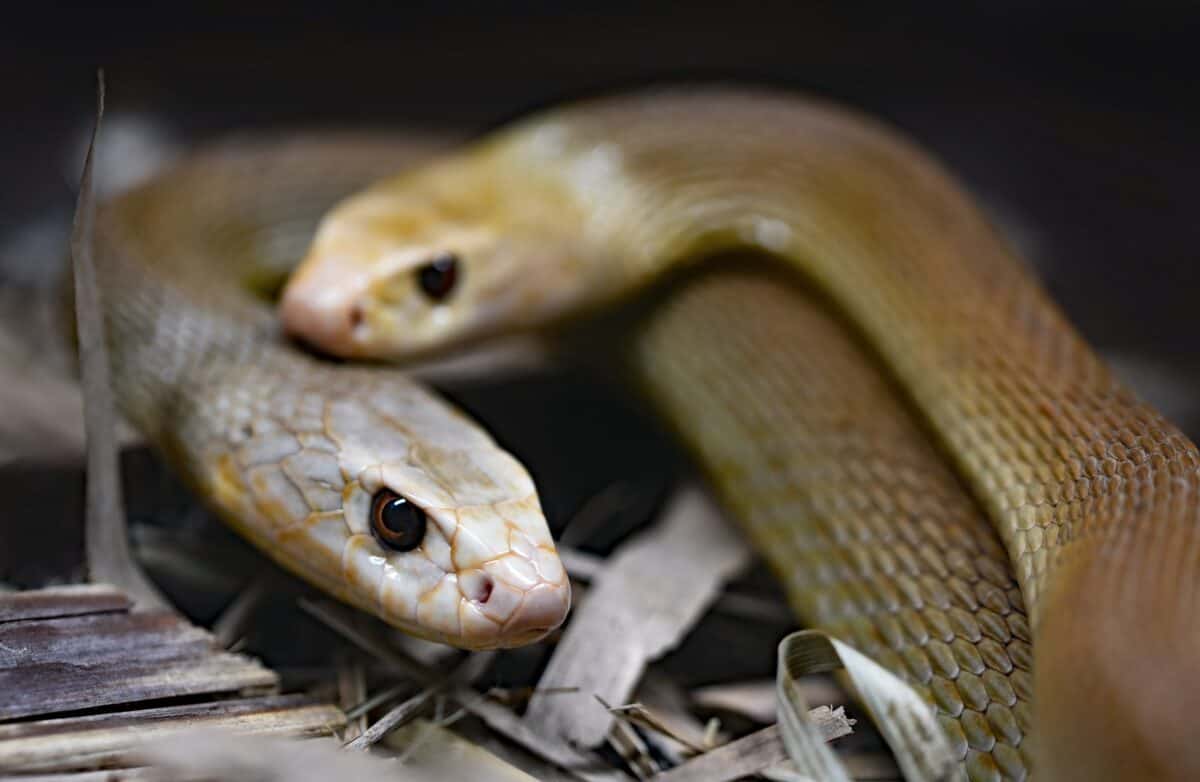The reproductive biology of male snakes represents one of the most fascinating yet underappreciated aspects of herpetology. While female snake reproduction often garners attention for its dramatic manifestations like live birth or egg-laying, male snakes possess an array of remarkable reproductive adaptations that deserve equal spotlight. From unique anatomical features to complex behavioral patterns during mating seasons, male snake reproduction showcases nature’s innovative approaches to ensuring genetic diversity and species continuation. This article explores the extraordinary aspects of male snake reproduction that make it worthy of scientific fascination and general interest alike.
The Hemipenis: A Remarkable Dual Structure
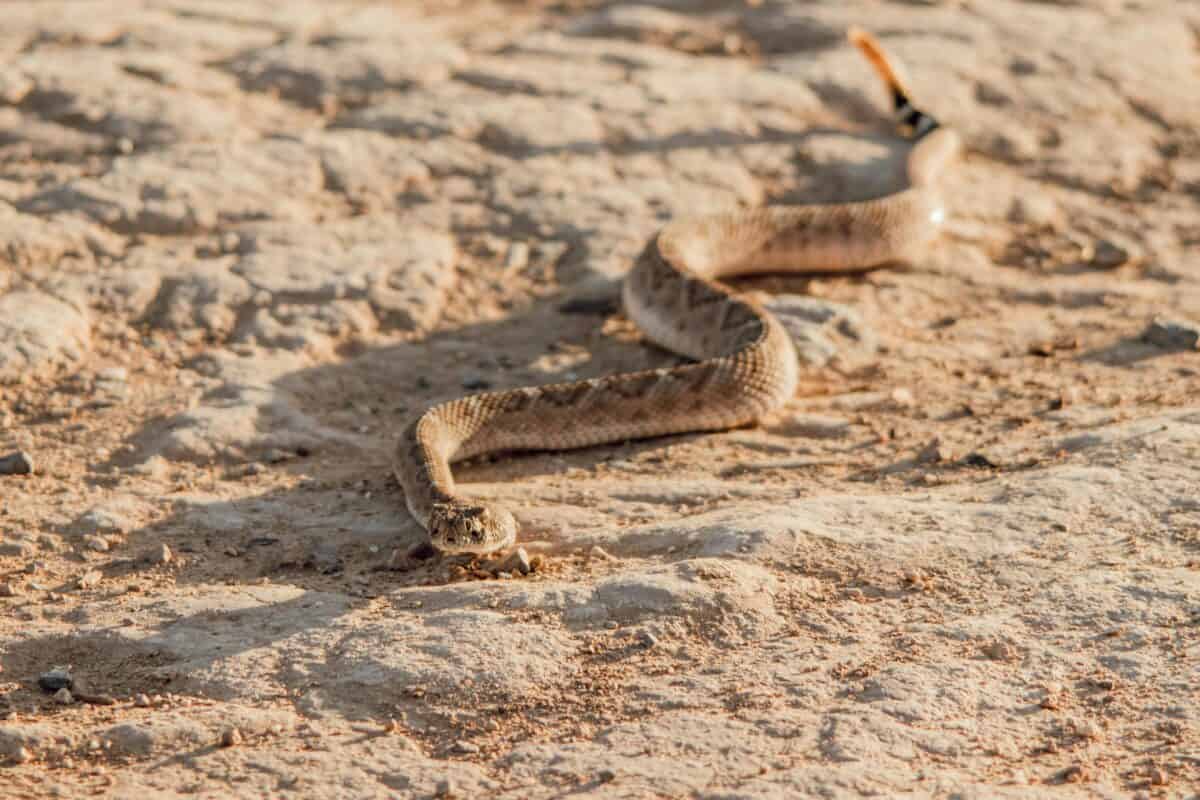
Perhaps the most distinctive feature of male snake reproduction is the hemipenis—a paired reproductive organ that sets snakes apart from many other vertebrates. Unlike mammals with a single penis, male snakes possess two complete intromittent organs called hemipenes (singular: hemipenis). These paired structures reside inside the snake’s tail base in an inverted position when not in use.
During mating, the snake everts one hemipenis—essentially turning it inside-out like a glove—to deliver sperm. This dual apparatus allows a male snake to mate efficiently regardless of which side he approaches a female from, providing an evolutionary advantage in reproductive success. Each hemipenis connects to its own testis through separate sperm ducts, functioning as independent reproductive pathways.
Elaborate Hemipenis Morphology

The morphology of snake hemipenes exhibits extraordinary diversity that extends far beyond mere functionality. These organs often feature complex structures including spines, hooks, cups, and elaborate lobes that vary dramatically between species. These variations are so distinctive that herpetologists use hemipenis morphology as a reliable characteristic for taxonomic classification. For instance, vipers tend to have heavily ornamented hemipenes with numerous spines, while colubrids might display more lobular structures.
This remarkable diversity serves multiple purposes—the textures and shapes can help anchor the male during mating, stimulate the female reproductive tract, and potentially remove sperm from previous mates, thereby increasing the likelihood of paternity. The structural complexity of hemipenes represents one of the most intricate examples of genital evolution in the animal kingdom.
Seasonal Testicular Cycles

Male snakes undergo pronounced seasonal changes in their reproductive systems that correspond with mating opportunities. Unlike mammals that maintain relatively consistent sperm production, many snake species experience dramatic fluctuations in testicular size and activity throughout the year. During breeding seasons, the testes enlarge significantly, sometimes increasing several times their non-breeding size, while sperm production accelerates.
In temperate climates, this cycle typically aligns with spring emergence from hibernation, when males must rapidly prepare for mating opportunities. Tropical species often display less pronounced seasonality but may still show cyclical patterns related to rainfall or food availability. These physiological cycles represent remarkable adaptations to environmental conditions, allowing males to concentrate reproductive resources during optimal breeding periods rather than maintaining costly sperm production year-round.
Combat Dance: Male-Male Competition

Many snake species engage in ritualized combat between males during breeding season—a behavior that plays a crucial role in determining mating access. These “combat dances” typically involve two males intertwining their bodies and attempting to pin each other’s heads to the ground or push each other over. In species like rattlesnakes, king cobras, and many pythons, these contests rarely result in serious injury, instead functioning as tests of strength and endurance.
The victor typically gains access to receptive females in the vicinity. This ritualized combat represents an evolved alternative to potentially deadly fighting, allowing males to establish dominance hierarchies without risking severe injury. These combat dances can be remarkably complex, with specific postures and movements that differ between species, showcasing the sophisticated behavioral aspects of male snake reproduction.
Pheromone Tracking and Mate Location
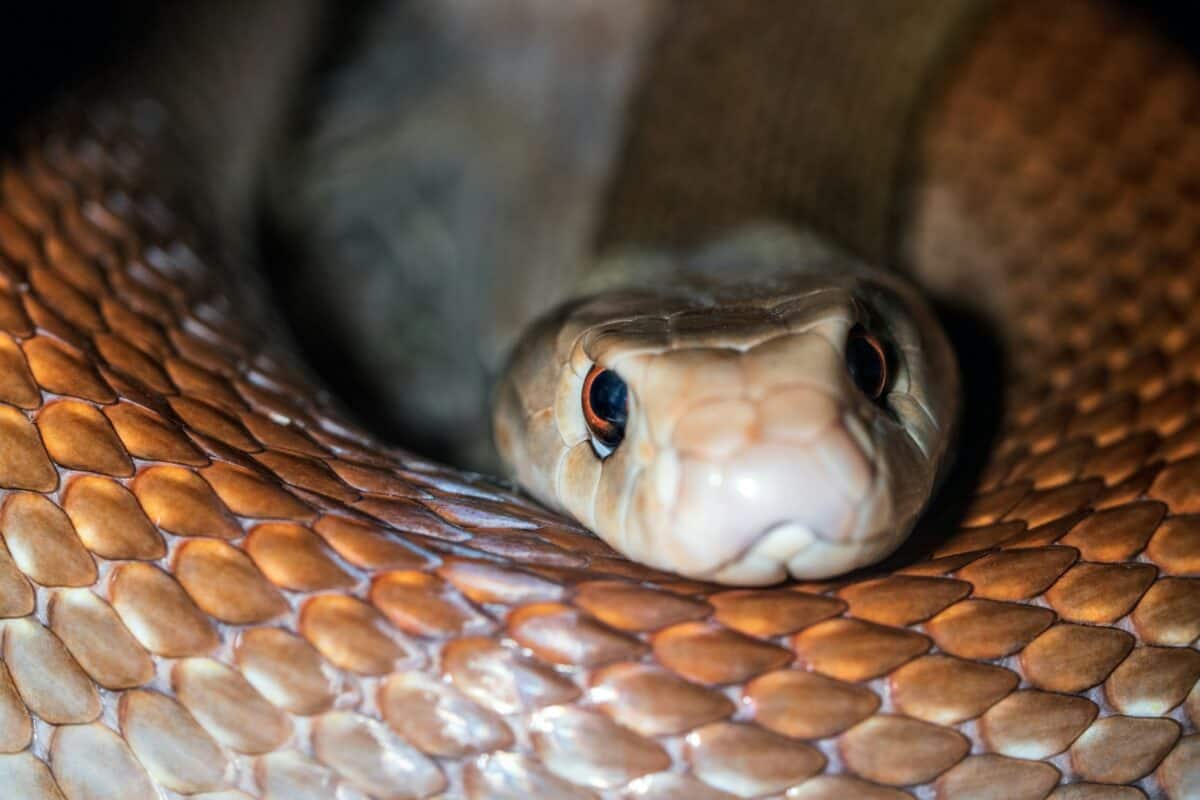
Male snakes possess extraordinarily developed chemosensory abilities that enable them to track receptive females across considerable distances. Using their forked tongues and vomeronasal organs (Jacobson’s organs), males can detect female sex pheromones in infinitesimal concentrations. When a male’s tongue collects these chemical signals from the environment, it transfers them to the Jacobson’s organs in the roof of the mouth for processing.
This system allows males to follow precise pheromone trails left by females, sometimes tracking them for kilometers. In some species, males can detect whether a female has already mated by chemical cues, influencing their courtship decisions. This remarkable chemosensory system represents one of the most sophisticated mate-location mechanisms in the animal kingdom, enabling successful reproduction even when potential mates are widely dispersed.
Sperm Storage and Delayed Fertilization

One of the most fascinating aspects of snake reproduction involves sperm storage capabilities—a feature that pertains to both sexes but manifests uniquely in males. Male snakes can store viable sperm for extended periods in specialized structures called ampullae within their reproductive tracts. This adaptation allows males to mate even when their testes aren’t actively producing sperm. In some species, this storage capacity enables males to mate successfully immediately after emerging from brumation (winter dormancy), before new sperm production has fully resumed.
Additionally, this storage capability complements the female’s ability to store sperm, creating a reproductive system where fertilization may occur months after mating. This strategy optimizes reproductive timing, allowing offspring development to synchronize with favorable environmental conditions regardless of when mating opportunities arise.
Reproductive Plugs: A Paternity Protection Strategy

After mating, males of many snake species deposit a gelatinous substance in the female’s cloaca that hardens into what’s known as a mating plug or copulatory plug. This structure serves as a form of post-copulatory mate guarding, temporarily preventing the female from mating with other males. These plugs can persist for varying durations, from hours to days depending on the species, effectively increasing the original male’s chances of paternity.
In some species, the plug contains specific proteins that may influence female physiology, potentially affecting her receptivity to subsequent mating attempts. This reproductive strategy represents a fascinating evolutionary response to sperm competition, allowing males to increase their reproductive success without necessarily maintaining physical proximity to the female after mating. The biochemical composition of these plugs varies significantly between species, representing an additional dimension of reproductive specialization.
Mating Balls: Extreme Competition Scenarios

Perhaps one of the most dramatic manifestations of male snake reproduction occurs in species that form “mating balls”—aggregations where numerous males simultaneously attempt to mate with a single female. This phenomenon is particularly famous in garter snakes (Thamnophis spp.), where dozens or even hundreds of males may entangle themselves around one female, creating a writhing mass of snakes.
These intense competitions occur when population dynamics or emergence patterns create heavily male-biased operational sex ratios. In such scenarios, males must navigate both physical competition and complex chemosensory environments saturated with pheromones from multiple individuals. Research suggests that in these mating balls, larger males tend to position themselves closer to the female’s cloaca, gaining reproductive advantage. This extreme form of scramble competition represents one of nature’s most visually striking examples of sexual selection in action.
Parthenogenesis: When Males Become Unnecessary
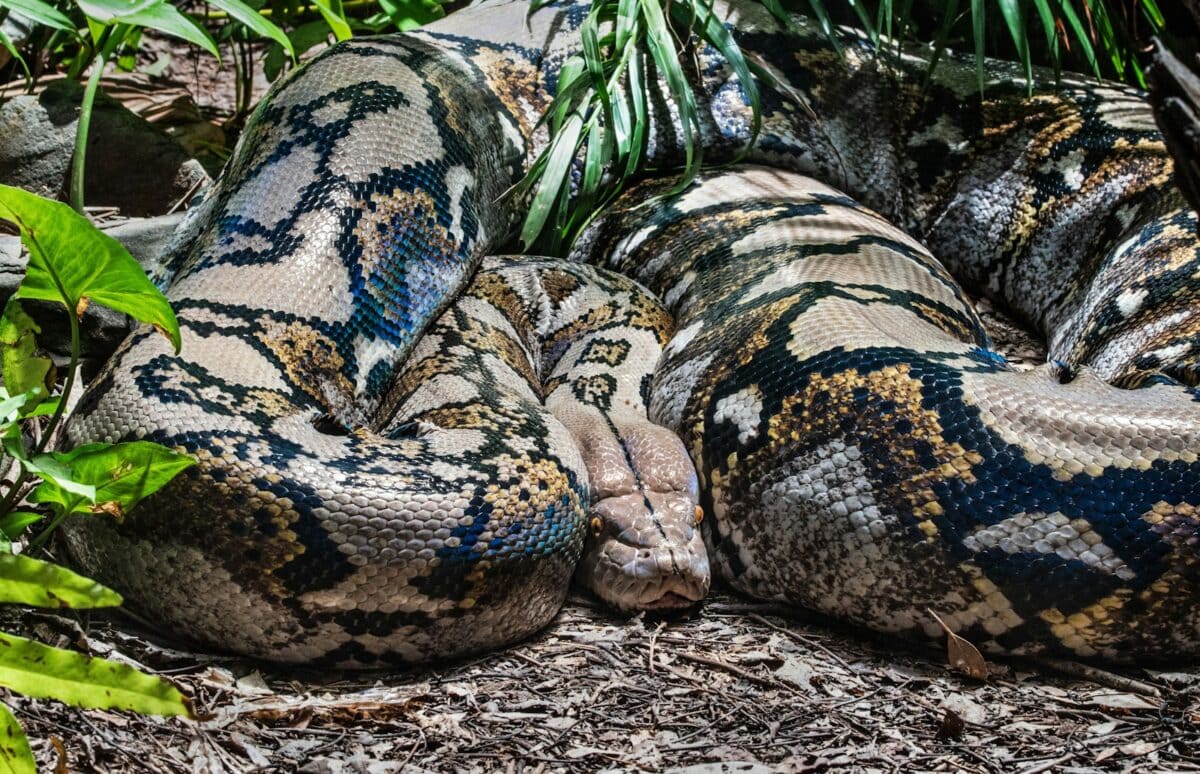
An intriguing counterpoint to male snake reproduction is the documented ability of some female snakes to reproduce without male involvement through parthenogenesis. This process, where unfertilized eggs develop into embryos with solely maternal genetic material, has been documented in several snake families including pythons, boas, and various colubrids. These cases highlight the evolutionary pressures shaping reptile reproduction and raise fascinating questions about male reproductive roles.
In species capable of facultative parthenogenesis, males must provide genetic benefits that outweigh the reproductive efficiency females could achieve on their own. This evolutionary tension has potentially contributed to the development of elaborate male reproductive adaptations, as males must offer significant fitness advantages to remain relevant in the reproductive equation. The occasional redundancy of males in snake reproduction systems creates unique selective pressures not seen in obligate sexual reproducers.
Temperature-Dependent Reproductive Success

Environmental temperatures significantly impact male snake reproductive physiology in ways that extend beyond simple activity levels. Research has shown that sperm production, quality, and viability are highly temperature-dependent in many snake species. Thermal constraints can create complex reproductive trade-offs, particularly in temperate species where breeding windows may be narrow.
Optimal temperatures for sperm production often differ from ideal temperatures for other activities like hunting or digestion, creating potential conflicts in behavioral thermoregulation. Climate change raises particular concerns for male snake reproduction, as shifting temperature patterns may disrupt long-established reproductive cycles. Some studies suggest that even modest temperature increases can reduce sperm quality or alter the timing of reproductive readiness, potentially creating mismatches between male and female reproductive cycles that could impact population viability.
Courtship Rituals and Female Choice
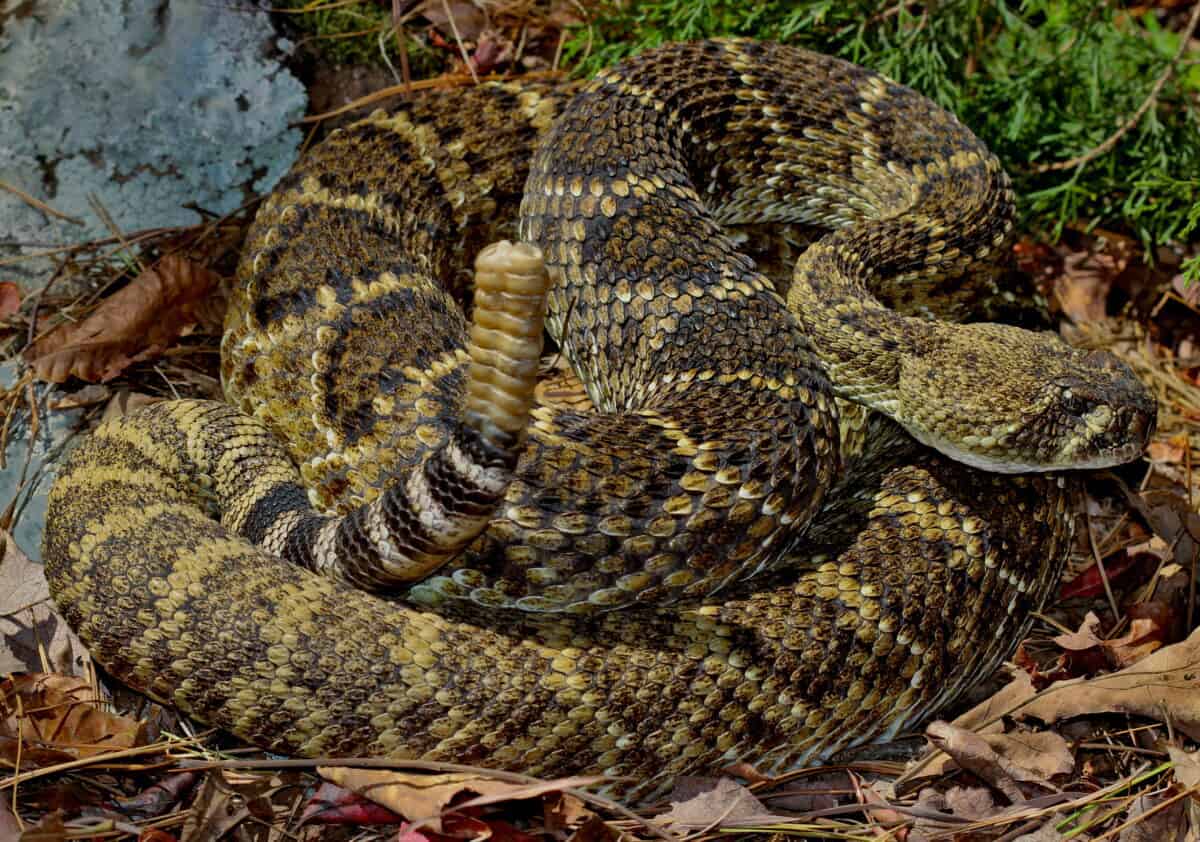
Male snakes engage in sophisticated courtship behaviors that go far beyond simple pursuit of females. These ritualized interactions involve species-specific movements, tactile stimulation, and chemosensory communication that demonstrate male quality to potential mates. In many species, males perform rhythmic body undulations alongside females, gently stroking them with chin or body rubs in patterns that appear designed to demonstrate fitness and compatibility.0
Female snakes often exercise considerable mate choice, responding only to males that perform courtship correctly or display certain qualities. This selective pressure has likely contributed to the evolution of elaborate male reproductive adaptations. In some species like timber rattlesnakes, females may mate with multiple males but preferentially use sperm from specific partners, suggesting cryptic female choice mechanisms that further shape male reproductive strategies. These complex intersexual dynamics reveal snake reproduction as a sophisticated evolutionary theater rather than a simple mechanical process.
Conservation Implications of Male Reproductive Biology
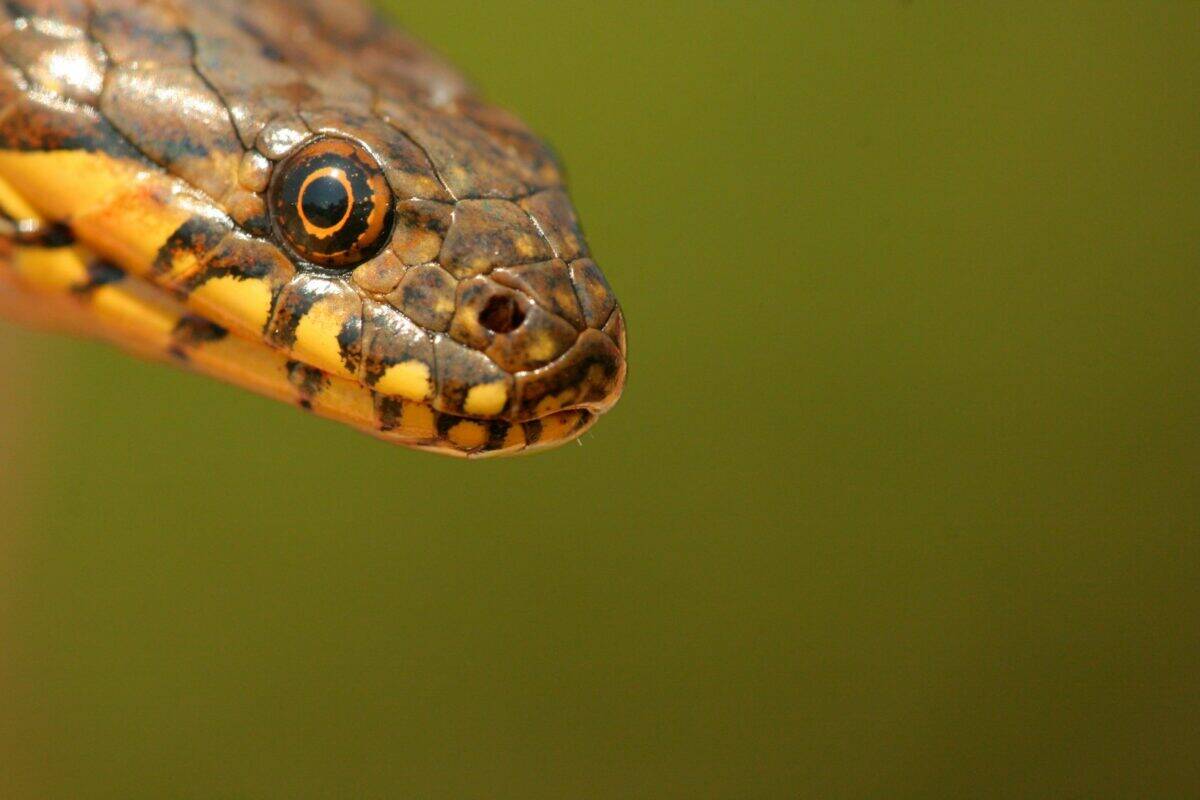
Understanding male snake reproduction has significant implications for conservation efforts, particularly for threatened or endangered species. Captive breeding programs must account for the specific reproductive requirements of males, including appropriate temperature cycling, social conditions, and seasonal cues that trigger reproductive readiness. Some conservation challenges disproportionately affect male reproduction—for instance, certain environmental contaminants can disrupt testicular function or sperm development even at sublethal concentrations.
Climate change presents another threat, as altered seasonal patterns may disrupt the thermal cues that regulate male reproductive cycles. Additionally, the complex nature of male combat and courtship behaviors means that conservation strategies must preserve not just individuals but also the ecological contexts that allow normal reproductive behaviors to occur. As snake populations face increasing pressures from habitat loss, pollution, and climate change, detailed knowledge of male reproductive biology becomes increasingly valuable for effective conservation planning.
Conclusion: The Complex World of Male Snake Reproduction
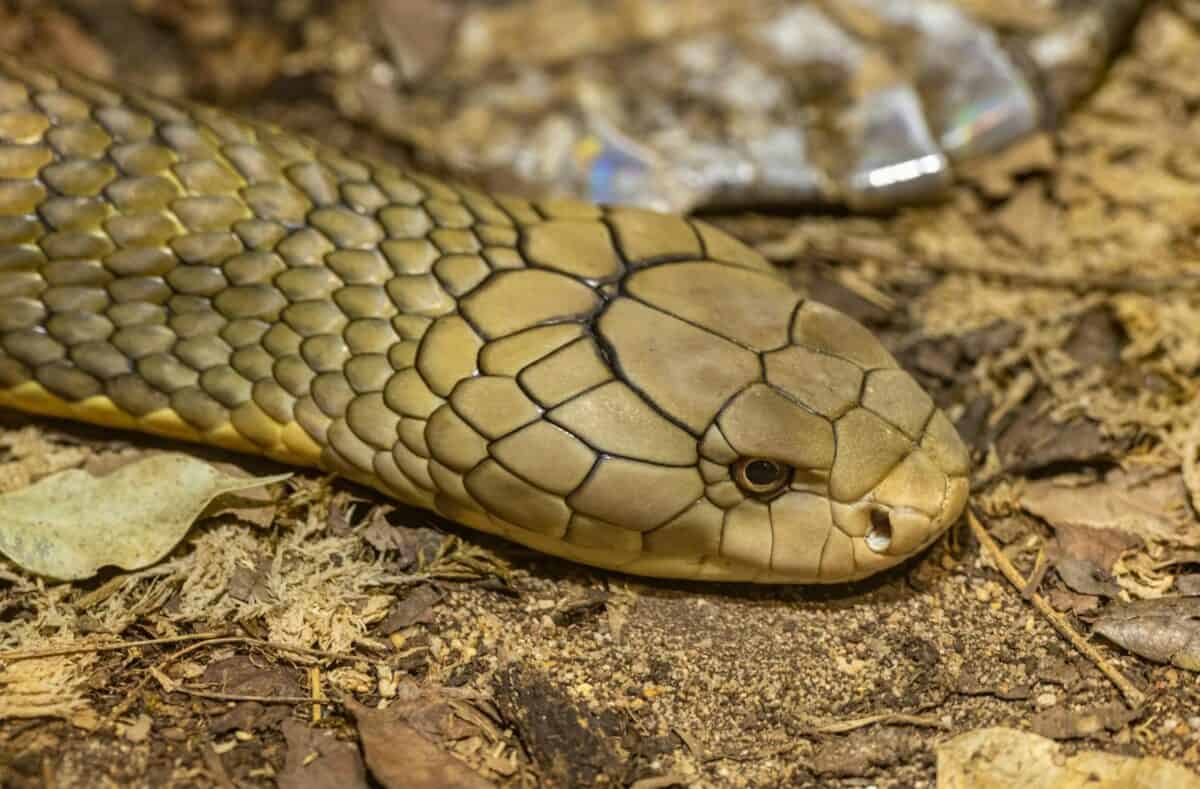
Male snake reproduction represents a remarkable example of evolutionary innovation that deserves greater appreciation within both scientific and public domains. From the anatomical uniqueness of the hemipenis to the complex behavioral adaptations seen in courtship and combat, male snakes demonstrate sophisticated solutions to reproductive challenges. These adaptations reflect millions of years of evolutionary fine-tuning in response to selective pressures including female choice, male-male competition, and environmental constraints. Understanding these reproductive mechanisms not only satisfies scientific curiosity but also provides essential knowledge for conservation efforts and captive breeding programs. As research techniques advance, we continue to uncover new dimensions of male snake reproduction that highlight the extraordinary diversity of reproductive strategies in the natural world.
- The Most Remote Lake in the U.S. - August 19, 2025
- 9 Animals That Have an Extra Sense Humans Can’t Even Imagine - August 19, 2025
- 17 Dog Breeds With The Shortest Live Expectancy - August 19, 2025

